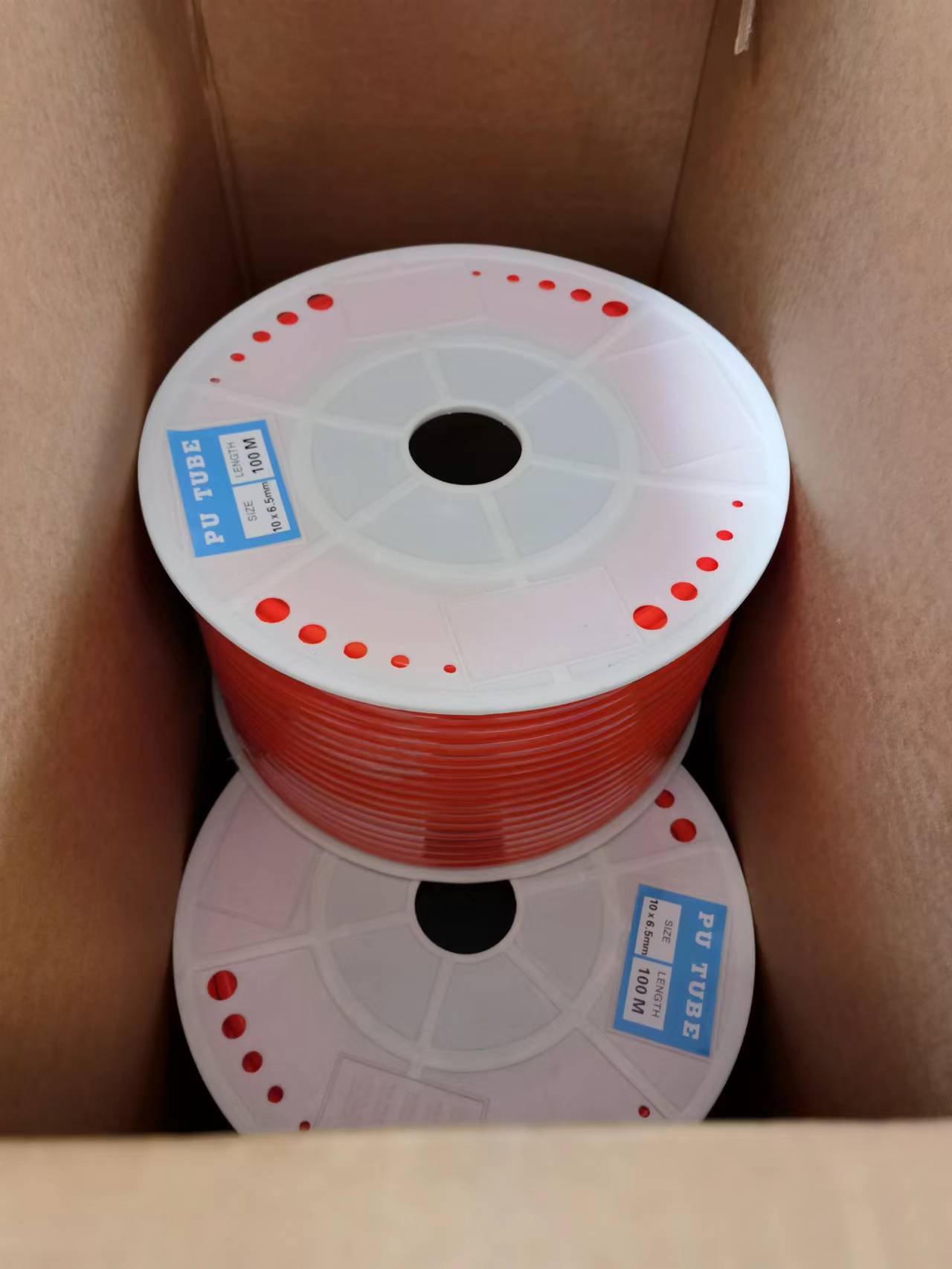Optimizing Efficiency and Safety in Discharge Hose Applications for Fluid Transfer Systems
Understanding Discharge Hoses Key Components and Applications
Discharge hoses are essential tools used across various industries for transferring liquids and slurries from one location to another. These hoses are designed to handle a wide range of materials, including water, chemicals, and sewage, making them indispensable in sectors such as construction, agriculture, and waste management. As water and liquid transport remain critical to the functioning of many operations, it's essential to understand the components, types, and applications of discharge hoses.
Components of Discharge Hoses
Discharge hoses are typically composed of several key parts the inner tube, reinforcement layer, and outer cover.
1. Inner Tube The inner tube is designed to resist the specific type of fluid being transported. Depending on the application's requirements, the material may vary, commonly featuring rubber or thermoplastic elastomers. This component must be selected carefully to ensure compatibility with the transported liquid, preventing issues such as chemical degradation or leakage.
2. Reinforcement Layer This layer provides strength and flexibility to the hose, allowing it to withstand the pressure exerted by the liquid inside. The reinforcement is often woven from materials such as polyester or steel, which offers varying degrees of durability and resistance to crushing and abrasion.
3. Outer Cover The outer cover protects the hose from external elements including sunlight, moisture, and physical damage. This layer is usually made from a tougher material such as PVC or rubber, designed to withstand environmental wear and tear and prolong the life of the hose.
Types of Discharge Hoses
There are several types of discharge hoses available, each designed for specific applications
1. Water Discharge Hoses These are commonly used in construction and irrigation, allowing for the quick removal or transfer of water. They can handle various flow rates and are generally lightweight for easier handling and setup.
discharge hoses

2. Chemical Discharge Hoses Designed to transport chemicals, these hoses are built from materials resistant to corrosion and degradation. They are crucial in chemical processing industries and laboratories where safety is paramount.
3. Sewage and Waste Hoses Built to transport sewage and other waste materials, these hoses are reinforced to handle the harsh conditions associated with waste management. They are designed to be more durable and resistant to physical damage and odor.
Applications of Discharge Hoses
Discharge hoses are found in numerous applications across different industries
- Construction Frequently utilized for dewatering tasks at construction sites, discharge hoses efficiently remove water from excavations and foundations, allowing work to continue uninterrupted.
- Agriculture Farmers utilize discharge hoses for irrigation purposes, ensuring that water reaches crops effectively, particularly in areas without direct access to natural water sources.
- Industrial and Chemical Processing Discharge hoses are employed in manufacturing plants for various processes, from transferring chemicals between tanks to managing waste and cleaning solutions in production lines.
- Emergency Services These hoses are also vital in emergency response scenarios, such as flooding, where they can help remove excess water quickly from affected areas.
Conclusion
Discharge hoses play a critical role in many sectors by facilitating the safe and efficient transfer of liquids and slurries. Understanding their components, types, and applications ensures that industries can select the appropriate hose for their specific needs, ultimately enhancing productivity and safety. As technology continues to evolve, the design and materials used in discharge hoses will likely advance, further increasing their effectiveness and lifespan across various applications.
-
Unrivaled Performance and Applications of PU Pneumatic Hoses and TubesNewsJun.11,2025
-
The Transparent World of Industrial Tubing and Hosing SolutionsNewsJun.11,2025
-
The Intricate World of Pneumatic Conduits: Tubes and HosesNewsJun.11,2025
-
The Dynamic Landscape of Pneumatic Conduits: Unraveling Key ComponentsNewsJun.11,2025
-
The Diverse Applications and Significance of Transparent PVC TubingNewsJun.11,2025
-
High - Pressure Pneumatic Tubing and Systems: An In - Depth LookNewsJun.11,2025














